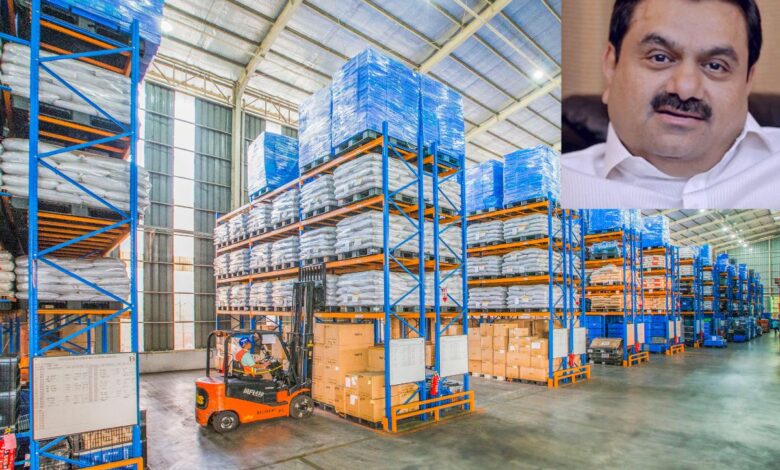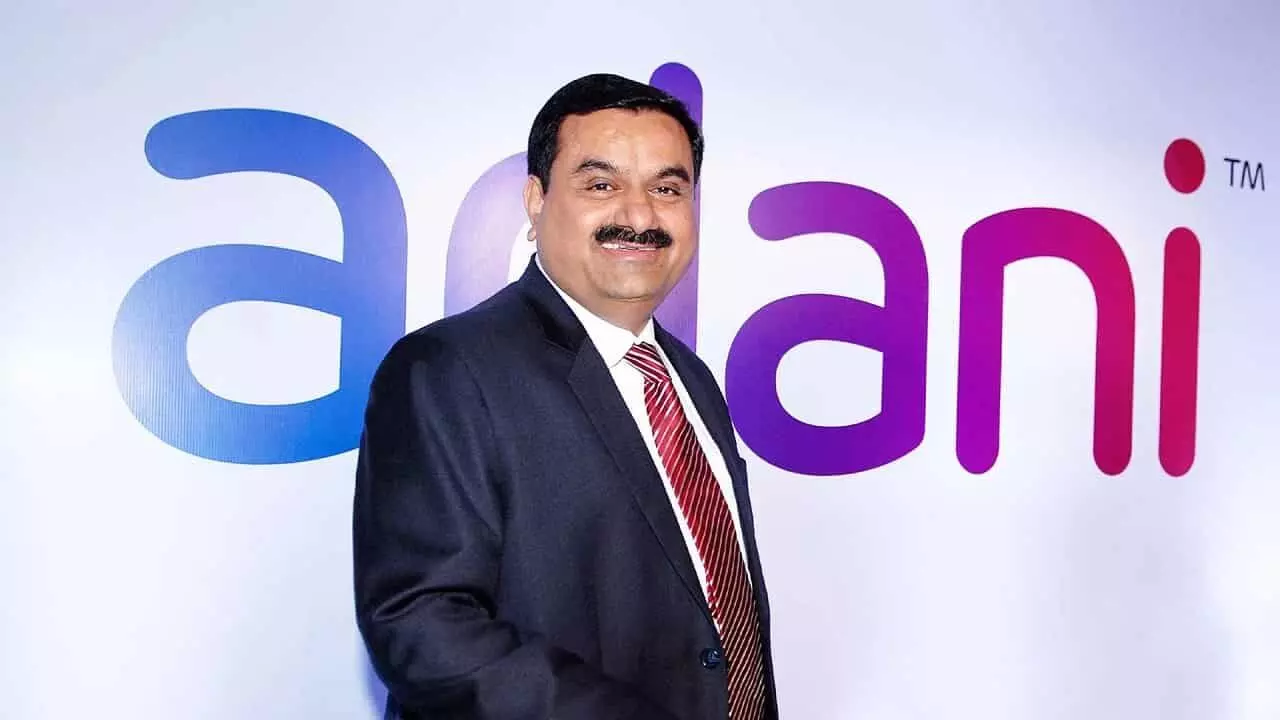Adani enters into warehousing market- a joint venture with DA group

Adani Logistics, a completely owned subsidiary of Adani Ports & Special Economic Zone, has formed a joint venture with Durgesh Infrastructure (DA Group) to explore warehousing prospects.
It seems that Adani’s knight is in shining armor. With the advent of the Modi Government, Adani Group tasted success in tremendous amounts and now Adani is on the way to capturing a new market. The Group enters the warehousing market by creating a joint venture with the DA Group.
Adani has already uploaded hefty amounts in its financial portfolio, which can be seen in his position as Asia’s richest person. Adani Ports along with the Special Economic zone has landed its feet in the market of warehousing. It made the news public that Adani logistics(it’s subsidiary) has collaborated with the DA group and its affiliates by signing a joint venture agreement with them.
The structure of the deal.
According to the agreement, both parties will have equal ownership, making this a 1:1 partnership. According to a statement issued by Adani Ports, Kolkata and Ahmedabad will see the building of warehouse parks and the start of logistical operations. In terms of directors, the ratio is 3:2, with Adani Logistics appointing three directors and the DA group appointing two.
As an example, the Adani company and its Israeli counterpart Gadot successfully bid on the privatization of Israel’s Haifa port this year. This is a fantastic transaction since Haifa port is a key asset for Israel, and an Indian company winning the competition and receiving the chance to privatize it is a sense of national pride. It also recalls the establishment of bilateral relations between the two countries.

Despite stiff competition from both local and foreign competitors, the consortium of Adani ports along with the Special Economic Zone, and the Gadot group of Israel won the proposal to privatize Israel’s second biggest port, the Haifa port.
The Adani-Gadot group won the opportunity to purchase all of the shares in Haifa Port Company with their winning offer. The Port of Haifa’s concession tenure runs until 2054.
How warehousing business is a blessing in disguise for Adanis?
Now that you know about the deal, learn how this business will help Adani to climb the ladder of success.
With the adoption of the Goods and Services Tax (GST) Act in 2017, warehousing emerged as a separate sector. The act, which many see as the most significant tax reform since India’s independence, produced a desire for large-scale regional warehouses (aka distribution centers) as opposed to the present small(er) warehousing spaces(an outcome of state-controlled tax regimes). This sparked an interest in customized warehousing solutions as a subset of wider supply chain solutions. Since then, demand for modern warehouses has continuously increased, attracting billion-dollar investments by global private equity behemoths.

This desire is projected to expand significantly, given India’s revitalized ambition of positioning itself as a strong market in the global value chain. Instead of isolated warehouse facilities, this decade will see the construction of large-scale multi-modal logistics parks (MMLP). These MMLPs, if strategically located, i.e. close to either production or consuming areas, would improve first/last-mile delivery and function as a solution under one roof for the complete supply chain infrastructure.
One of the numerous (voluntary or otherwise) changes expedited by the COVID-19 epidemic is our increasing reliance on the internet shopping and time-bound (even same-day) delivery. This ‘gift in the mask’ for the E-Commerce business has been caught by the Adani group, and it appears that the Adani group has made the vow to make India’s warehousing dream into a reality quicker than anybody could have anticipated. Changes in consumer behavior have opened the floodgates of fresh development potential for an asset class that was previously overlooked.
When all of this comes to fruition, no outside market in the world will be as large in terms of consumption as India. According to global industry predictions, India’s population will be 1.6 billion by 2050, making Indians one in every three middle-class customers worldwide. The retail sector alone is estimated to be worth $8 to $10 trillion.
The last call.
After reading this piece, one is reminded of the Rotterdam port in 1994, when no one is allowed inside (even though millions of containers are handled on a timetable that is prolonged and scheduled for years) except for a breakdown. There was an incredible feat of Technology (Automation & Engg) on display there. Just wanted to add that no one would be able to top Indian warehouse setups if these ideas are calibrated to make them attractive using the greatest technology.

At the same time, given the government’s emphasis on keeping project-ready land parcels available, this tendency is anticipated to level out project delays (e.g., land acquisition) and the resulting cost escalation. Considering the capital-intensive structure of warehousing projects, this method is expected to increase investor confidence and FDI flow in the infrastructural projects.



